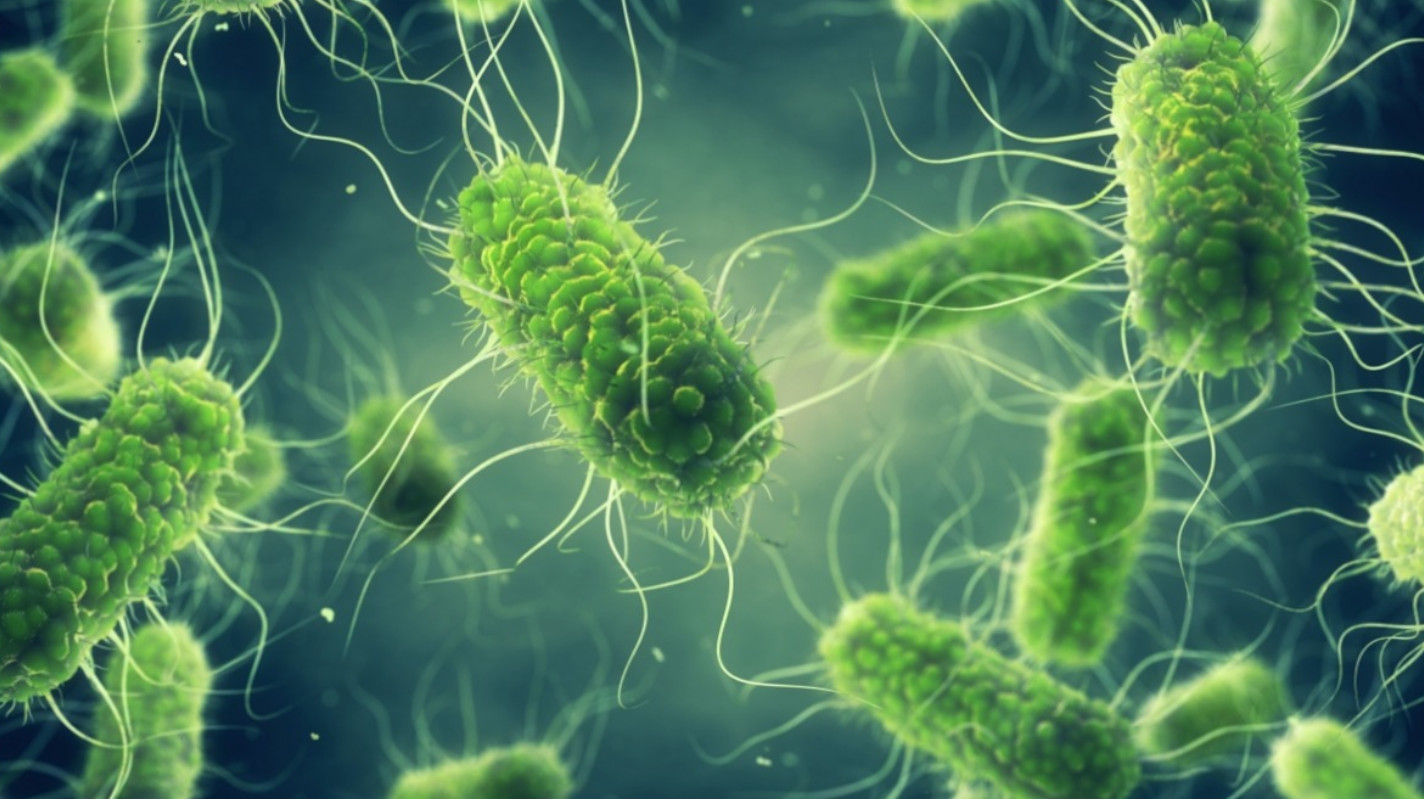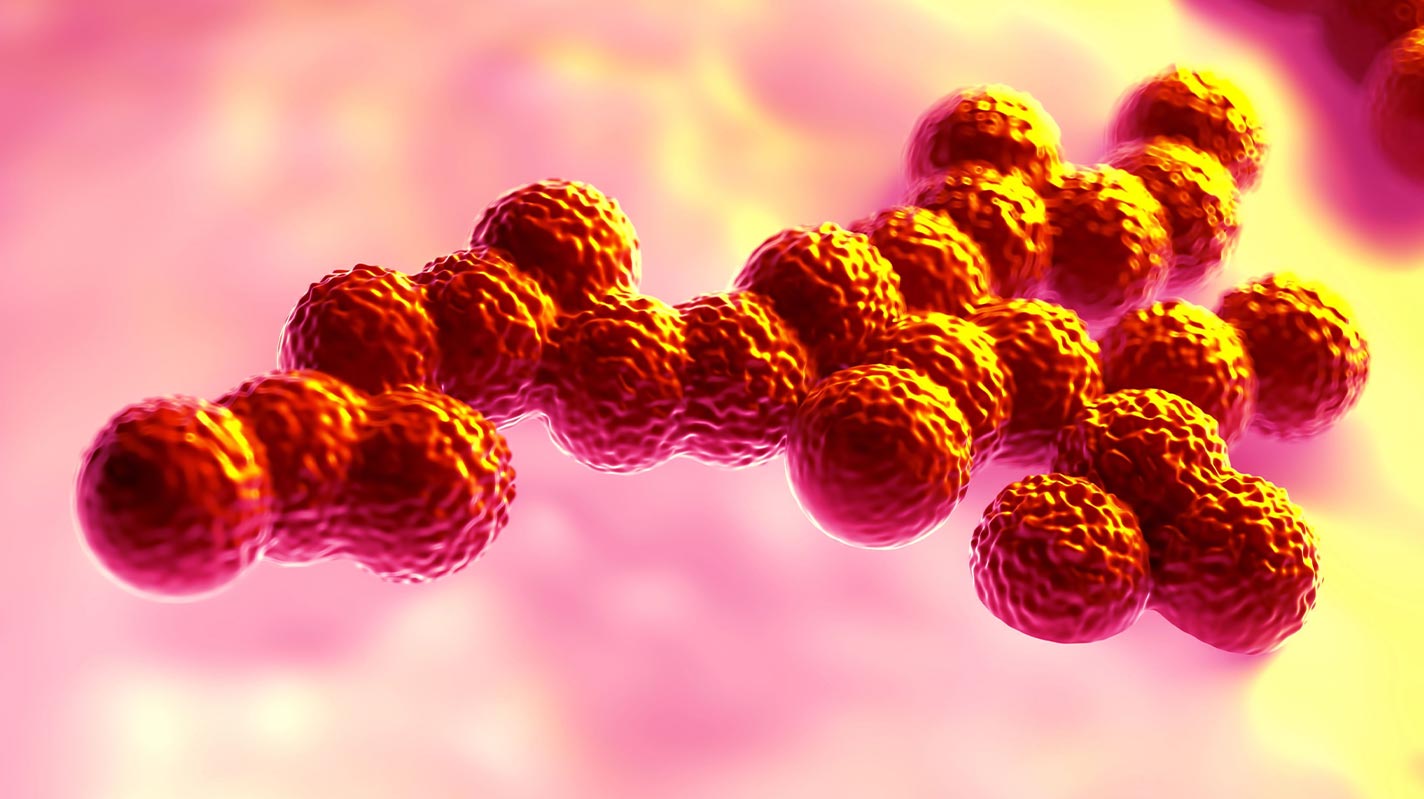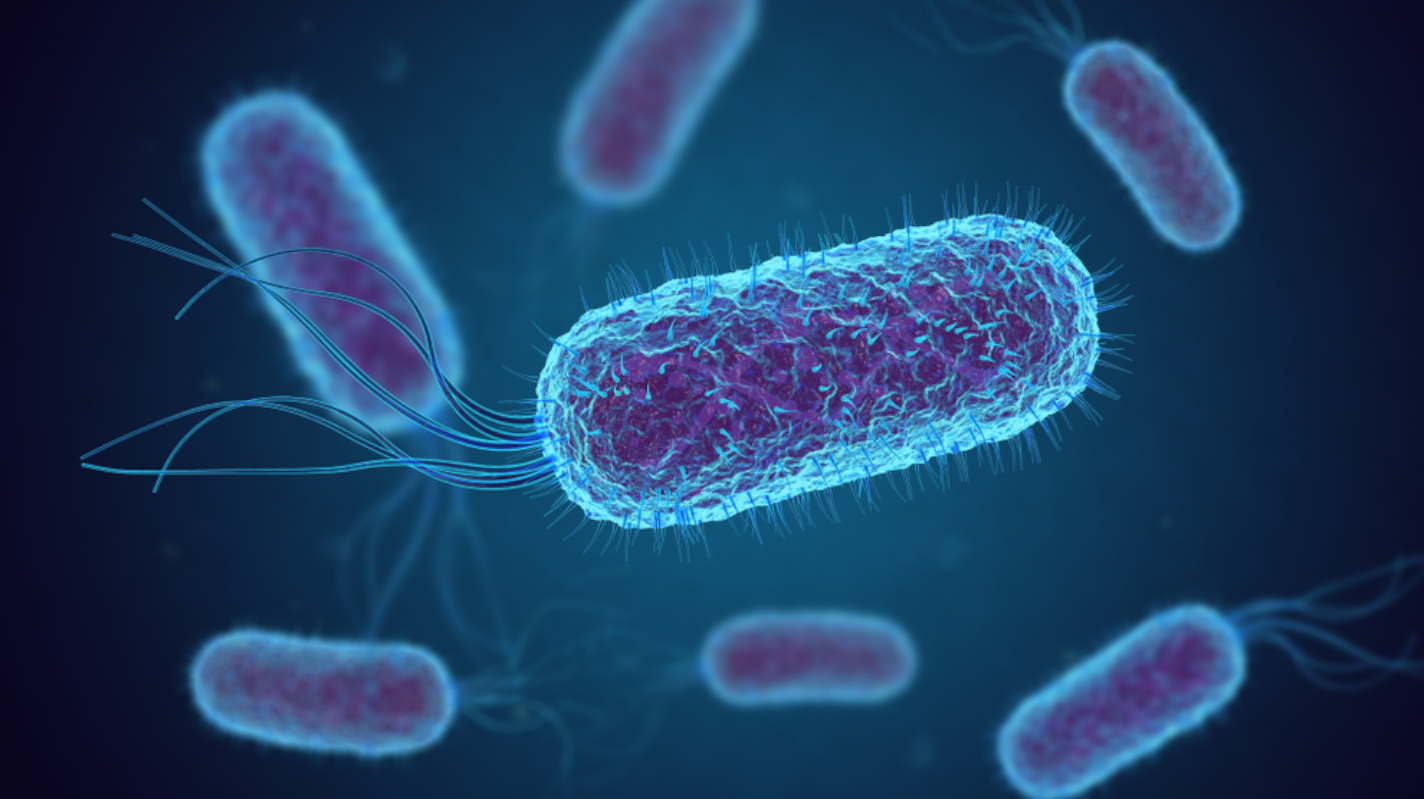Salmonella Testing for Cannabis Safety and Quality
Learn about Salmonella, the dangers of contamination, and how testing is essential to protecting consumer health and safety.

Salmonella are well known as bacteria that make people sick. Typically, Salmonella bacteria live in human and animal intestines and are shed through stool (feces). Humans become infected most frequently through contaminated water, soil, or food. Salmonella in cannabis products is preventable when essential precautions are made. It’s valuable to lean on and adopt the food industry testing standards to benefit the entire cannabis supply chain and reduce the risks to medicinal and adult-use cannabis consumers.
Salmonella is usually transmitted to humans by consuming products contaminated with animal feces; many agricultural and raw products using fertilizer are frequently contaminated. Salmonella can be a challenge throughout the environment, especially in unsanitary operations. A leading cause of this contamination is unwashed, or inadequately washed, hands of personnel.
Consuming products contaminated with Salmonella can lead to Salmonellosis, which is listed as the third leading cause of death among food-transmitted diseases.1 Other types of Salmonella cause typhoid fever or paratyphoid fever. Salmonella infection can move to the joints (reactive arthritis) after the infection has ended and can last for months or years as it’s difficult to treat. Some people with reactive arthritis can develop other conditions after infection.
Young children, people with a weakened immune system, and the elderly are at a greater risk of severe Salmonellosis infections but the risks can impact an entire population. Every year, approximately 40,000 cases of salmonellosis are reported in the United States. In 1981, raw contaminated cannabis was linked to a Salmonella outbreak.2
Fortunately, Salmonellosis can be prevented and mitigated. Sanitation practices throughout cultivation and the supply chain have a direct benefit to controlling and reducing the risks of Salmonella. Very rarely does Salmonella survive at high temperatures, so for products that have a heat step such as an edible, the risk of Salmonella is often decreased. Despite this, it’s still always important to test final products to ensure safety for consumption; this is aligned with the food safety industry, one the cannabis industry should be mimicking. For cannabis, where there is not a kill step, it’s imperative to have a robust sanitation plan with checks and balances throughout the supply chain.
There’s value in establishing Environmental Monitoring, Good Agricultural Practices (GAP) and Good Manufacturing Practices (GMP) as your first line of defense. This coincides with confirming good air filtration, establishing zoning, utilizing appropriate PPE and human handling and disinfecting procedures throughout a facility. Based on the entry of Salmonella into the cannabis supply chain as this article is being written, groups are increasingly using predictive diagnostics to understand potential risks and mitigate before a challenge appears.
Salmonella, as with any bacteria, they are not visible and can go undetected until consumers get sick or die leaving a negative impact on the affected brand and the cannabis industry. It is imperative to be proactive and plan ahead. There’s benefit to setup predictive and proactive diagnostics to decrease failed products and increase consumer safety.
References
- Rafaela G. Ferrari, Denes K. A. Rosario, Adelino Cunha-Neto, Sérgio B. Mano, Eduardo E. S. Figueiredo, Carlos A. Conte-Junior. (2019). Worldwide Epidemiology of Salmonella Serovars in Animal-Based Foods: a Meta-analysis. Appl Environ Microbiol.
- Centers for Disease Control (CDC). Salmonellosis traced to marijuana--Ohio, Michigan. MMWR Morb. Mortal. Wkly. Rep. 30, 77–79 (1981).





